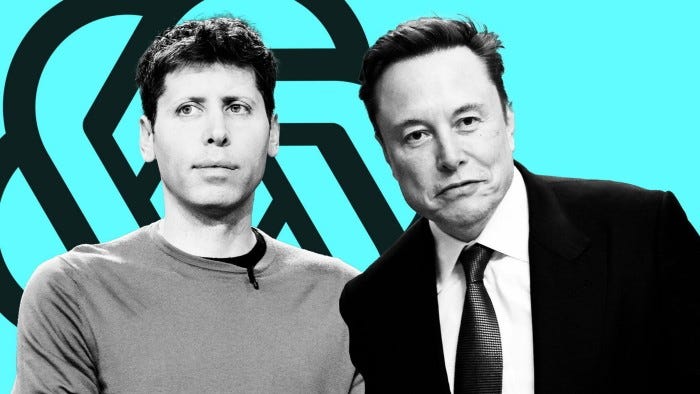Why OpenAI Isn't Making Money
The story behind the biggest AI company ever created and one of the greatest founders ever...
Chances are high you’ve already used it today: ChatGPT.
From curious late-night conversations to serving as a tool for businesses and creators, ChatGPT is everywhere now. But while OpenAI's rapid rise seems like some sort of fairy tale, the reality is a little more complex.
Why? ‘Cause behind ChatGPT is a massive gamble. A multi-billion dollar bet on the future of artificial intelligence.
So, how did OpenAI go from an ambitious non-profit with noble ideals to a mainstream tech giant with billions in funding? And why is it still struggling to turn a profit?
In this article, I’ll break down how OpenAI has evolved, the bumps along the way, and why building an AI empire is harder (and more expensive) than most think.
At the heart of OpenAI’s story is Sam Altman. Born in 1985 in the heart of America, Sam’s early life was far from tech-focused. But everything changed when, at age 8 (!), he picked up his first computer and taught himself to code.
Sam's journey took him from the Midwest to California, where he attended Stanford University. But rather than finishing his degree, he dropped out after just two years, determined to start his own company.
His first venture was a social network called Loopt, which he already sold for $43 million. He made $5 million from the sale. This means at 27, he was a millionaire. But to Sam, this was just the beginning. He was hungry for something bigger.
Sam joined Y Combinator (That small, unknown Accelerator with only 5000+ startups and 100+ Unicorns). There, he crossed paths with some of Silicon Valley's biggest names, including Elon Musk.
And that’s when their shared dream of Artificial General Intelligence (AGI), an AI as versatile as the human mind, took root.
In November 2015, Sam and Elon founded OpenAI, with the mission to develop AI for the benefit of humanity. But building AGI wasn’t just ambitious; it was incredibly expensive.
To make this vision a reality, OpenAI needed top-tier researchers as well as top-tier technology. But the costs were astronomical. The best AI researchers were commanding massive salaries (Fun Fact: Meta just paid billions for a handful of great AI researchers…), and the computing power required was enormous. Plus, the electricity needed to power such systems was another huge cost.
Many doubted OpenAI’s chances of success. The biggest concern? Could they really pull off AGI, and how could they fund it?





